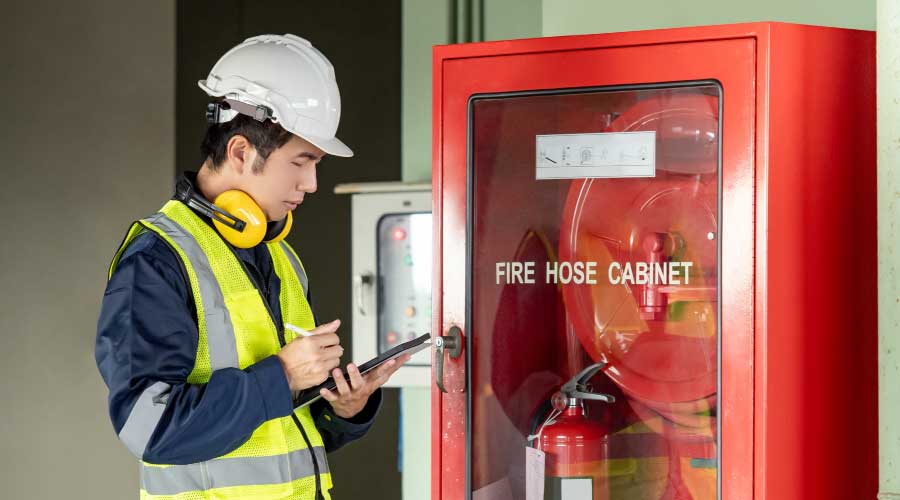Teaching CMMS a New Data Language
THINK OF ALL the information that comes with every piece of building technology and equipment — operation instructions, preventive maintenance (PM) schedules, safety warnings, warranty information, and lists of parts and special tools technicians might need. While all of this data is necessary for a maintenance program to run smoothly, keeping track of it all can be a real challenge for maintenance and engineering departments.
Ideally, most, if not all, information from manufacturers would end up in a computerized maintenance management system (CMMS). The data would be in the most appropriate areas of the system. For example, PM recommendations would become part of scheduling, spare parts would be added to the inventory control module, and vendor information would be attached to the purchasing system. In many cases, however, typing in anything more than critical data into a CMMS is too consuming for maintenance departments.
Without a complete CMMS database, however, maintenance and engineering managers and technicians waste a lot of time looking for information, says Bill Brodt, chairman of the National Institute of Building Sciences (NIBS) facility maintenance and operations committee.
NIBS and other organizations are taking a closer look at technologies that will allow information from manufacturers to integrate with CMMS software. The goal is to create a way for maintenance departments to enter information from manufacturers into a CMMS using an open data standard. The standard would allow the system receiving the information to recognize the information and put it where it is supposed to go in the system.
Developers are turning to extensible markup language (XML), the next generation of hypertext markup language (HTML), to define the elements in documents with tags so they can be extracted into databases and spreadsheets and by programs.
The Machinery Information Management Open Systems Alliance (MIMOSA) is a non-profit trade association that develops and encourages adoption of open information standards for operations and maintenance in manufacturing, fleet and facility environments. In July, MIMOSA participated in a project to test interoperability between a pump and motor. It linked the two different technologies and hooked up monitoring equipment, such as vibration sensors, to them and passed the information back to a CMMS. They demonstrated the technology for the first time at the International Maintenance Conference in December.
“They set up the monitoring computer so people could see what is going on and how the information is passed using open data-exchange protocols,” Brodt says. Such technology eliminates the need for special translators between the different software products.
For reasons including additional interoperability for applications, organizations like NIBS and MIMOSA are driving toward open data standards as opposed to proprietary data standards.
Some private data companies won’t survive as open data systems become more widely used.
“But I think there is a huge market for this technology,” Brodt says, adding that it isn’t just for large complex buildings.
Related Topics:











